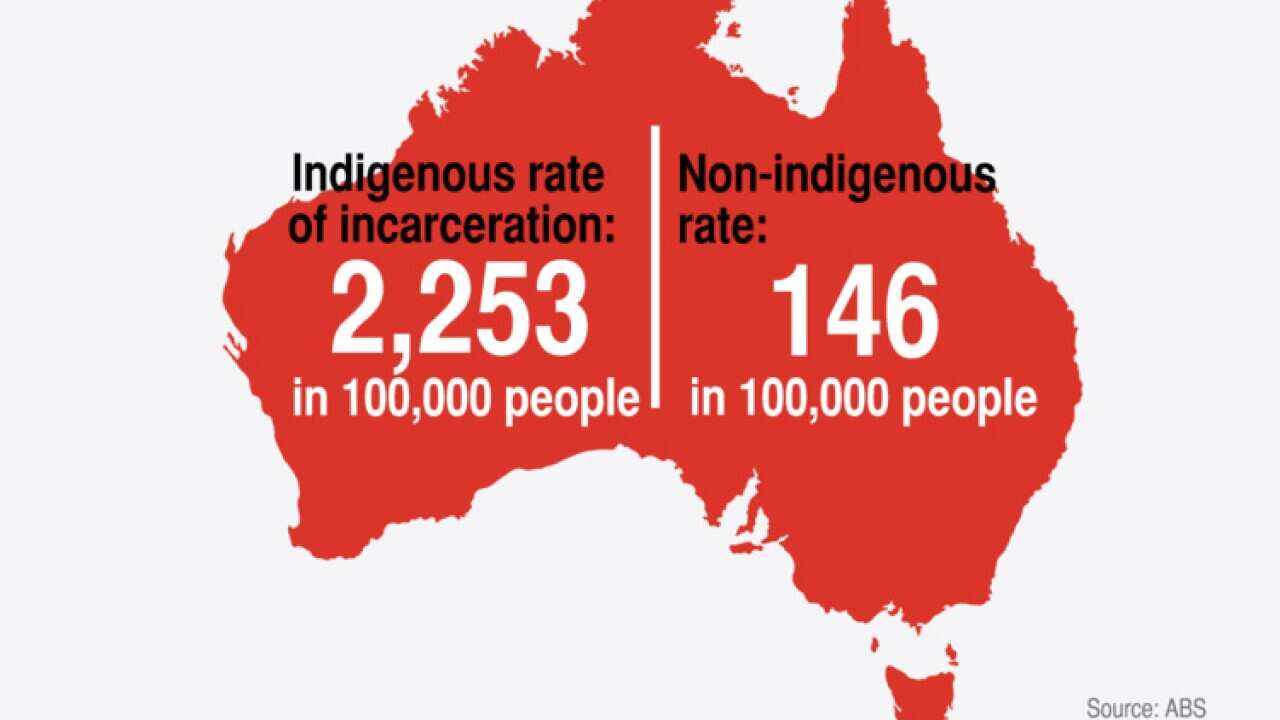The ‘Youth Justice Amendment Bill 2016’, introduced to the Northern Territory parliament this week by the Territory government, looks to increase powers for staff in youth detention centres.
Legal advocates say the Youth Justice Act currently only permits the use of restraints, like handcuffs, in emergency situations.
RELATED STORIES:

Infographics: Indigenous incarceration in Australia at a glance
They’re concerned the new bill may condone a wider interpretation of when it’s appropriate to use restraints on detainees, who are predominantly Indigenous.
“Restraining them isn’t’ going to solve anything,” says North Australian Aboriginal Justice Association (NAAJA) CEO Priscilla Collins.
“At the end of the day they’ve got to understand that these are only youths, they aren’t adults, and a lot them have already had traumatic lives.”
“They should be having specially trained officers dealing with them to de-escalate a situation, “she says.
The Correctional Services Minister John Elferink maintains the bill is about the safety of the public, with reports of detention centre staff being ‘hit, punched, kicked, spat at or bitten’.
“This is about clarifying the processes, procedures and instruments used to ensure a safer working environment and provide options to prevent individual from harming themselves and others,” Mr Elferink says.
However Ms Collins believes the existing legislation is already being interpreted inappropriately.
“At the moment they’re using handcuffs all the time and it’s just not appropriate,” she says.
She points towards recent reports, such as the Vita review or the report of the Children Commissioner, that highlight the inappropriate use of restraints in the past within youth detention.
The Children’s Commissioner report released mid-2015 details an instance where teenagers were tear gassed in their cells and had hoods placed over their heads during a riot in Don Dale Youth Detention Centre in 2014.
The Vita review earlier that year similarly highlighted severe flaws in the youth detention system, but Ms Collins says the recommendations arising from this report have not been implemented.
‘The Vita review did not recommend more powers for the use of force,’ said Ms Collins.
Darwin barrister Jared Sharp says the widespread use of restraints has been a longstanding concern in Northern Territory youth detention centres.
“For example, lawyers have frequently gone to see clients, some as young as 12-years-old, and their client comes in handcuffs. This has not been in emergency situations, and is a practice that must be stopped,” he says.
He says the lack of transparency in the Northern Territory youth detention centres is an ongoing concern.
“In NSW or in WA you’ve got an independent custodial inspector who regularly goes into the youth detention and prison facilities to make sure that standards are being adhered to - we don’t have that in the NT,” he says.
“That raises alarming questions in the NT - if the government intends to continue these types of draconian practices, where is the independent, transparent oversight to ensure our kids are not being mistreated?”
The Correctional Services Minister says following passage of the legislation staff will receive further training in using restraints, and the Correctional Services Department will establish an advisory group to oversee restraint practices.




